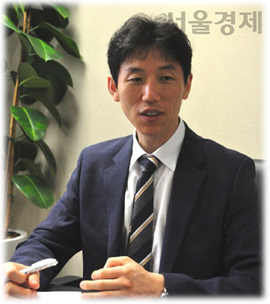| 일 | 월 | 화 | 수 | 목 | 금 | 토 |
|---|---|---|---|---|---|---|
| 1 | 2 | 3 | 4 | 5 | ||
| 6 | 7 | 8 | 9 | 10 | 11 | 12 |
| 13 | 14 | 15 | 16 | 17 | 18 | 19 |
| 20 | 21 | 22 | 23 | 24 | 25 | 26 |
| 27 | 28 | 29 | 30 | 31 |
- Political Regimes
- Operation of the 2nd Law
- Samjae Capacities
- Cohesion Force
- Political Change
- 1st Law of politics
- Political Regime
- Power
- Samjae Capacity
- Task Delegates of the Ruler: Inner Circle
- mechanism of politics
- the 2nd law
- survival process theory
- political organization
- power and organization
- political phenomena
- politics
- Order of Choice
- new political science
- Canonical Politics
- Mathematical Model of political science
- Orderliness of Choice
- the 3rd Law of politics
- Regime Change
- Political power
- politics and war
- politics of Inner Circle
- Differences in Individual Abilities and Tendencies
- Value Systems
- Mathematical Model of politics
- Today
- Total
New Political Science
a. ㉤ Repression Force 본문
㉤ Repression Force
When a political regime seeks to change, resistance and backlash can arise due to the inherent constraints of all rules[Ch.2.6b], in addition to the regime change costs. This is called the "repression force(Stb)." In other words, repression force refers to the various reasons that compel actors to continue to follow the rules of the regime, even if the profit equilibrium condition deviates to some extent from the rule system.
In the case of a nation, examples of regime repression force include the use of police force to punish lawbreakers and the psychological fear of making political choices that violate the law. The suppression of the Decembrist movement in Russia, which involved mass killings, resulted in human casualties and damage to the legitimacy of the regime, demonstrating that regime repression force is another cost that the entire political society bears when attempting to change the regime.
The origin of repression force lies in the nature of the rule system itself[Ch.2.6b] and the law of reaction. The "Bloody Sunday Incident," in which the police fired on Russian worker demonstrators on January 22, 1905, is an example of repression force, easily understood as negative activity by the authorities to suppress people's desires for political change. However, as mentioned earlier, behind it lies a positive effect of preventing and punishing criminal acts, and furthermore, the cooperation of people, the foundation of all political power and order, is only possible thanks to repression force.
Like regime change force and regime change cost, repression force also needs to consider not only the armed force layer, but also all Samjae layers. Therefore, efforts to resist regime change involve not only using police or military force to disperse or arrest protesters, but also using economic coercion to cut off funding for anti-regime forces, and using ideological coercion to lower their reputation or public perception. For example, Hitler's or North Korea's authoritarian regimes enhancing ideological education for their citizens is an example of repression force in the ideological layer.
'Mechanism of Politics' 카테고리의 다른 글
| b. ㉡ Important Aspects of the 3rd Law (0) | 2023.12.14 |
|---|---|
| b. ㉠ Phenomena Implied by the 3rd Law (0) | 2023.12.14 |
| a. ㉣ Regime Change Cost (0) | 2023.12.14 |
| a. ㉢ Profit Equilibrium Condition and Profit Equilibrium Flow (0) | 2023.12.14 |
| a. ㉡ Regime Change Force (0) | 2023.12.14 |
